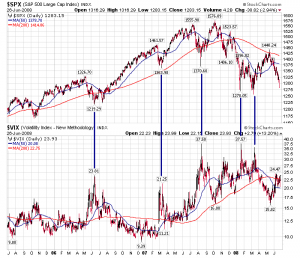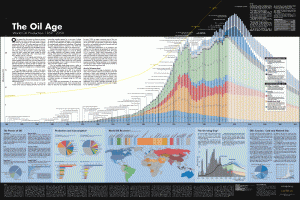Tue 15 Jul 2008
This is a little old (June 2, 2008), but worth sharing…? John Hussman reviewed the FDIC Quarterly Banking profile…? here’s what he found.
?Industry earnings for the fourth quarter of 2007 were previously reported as $5.8 billion, but sizable restatements by a few institutions caused fourth quarter net income to decline to $646 million.?
Note what the FDIC is saying here. The banking industry reported $5.8 billion in earnings to its investors, but restatements took that total down by 89%. Stop and think about that – only 11% of the earnings that were reported to investors survived after the restatements. And yet, investors seem naively willing to take recent earnings reports, guidance and charge-off levels at face value, as if these reports can be trusted. Unfortunately, all that seems to matter to investors over the short-run is whether earnings-per-share can beat estimates by a penny, regardless of whether they are massively restated later.
Quite an indictment…? and the whole article is worth reading if you want to understand the state of banks today, and why they’re still not as cheap as one might think.





